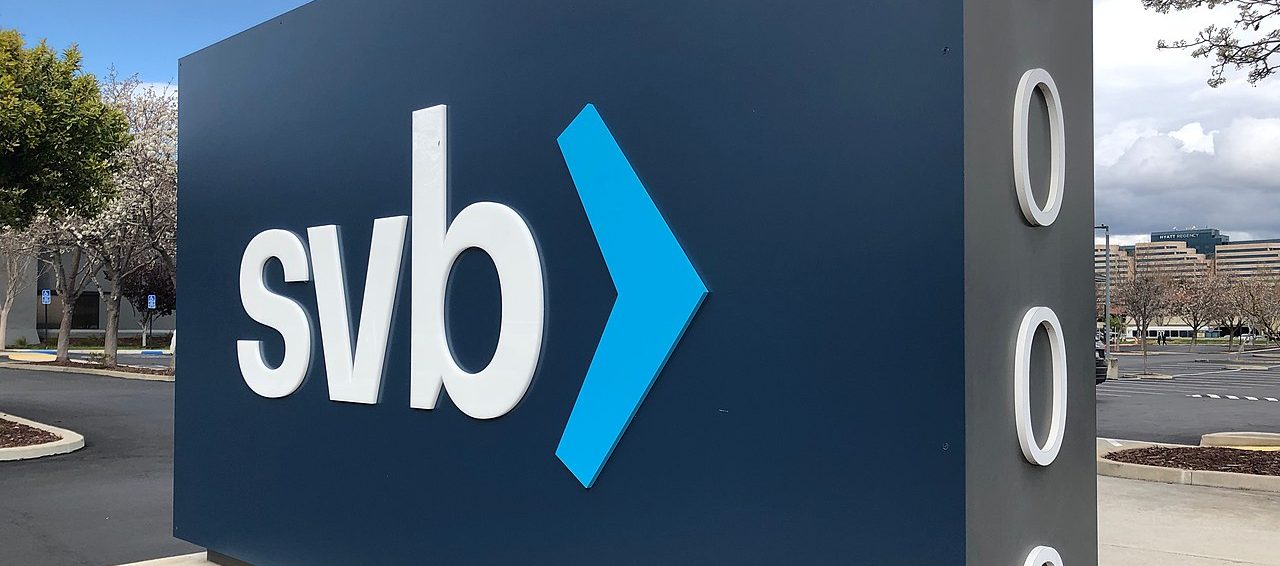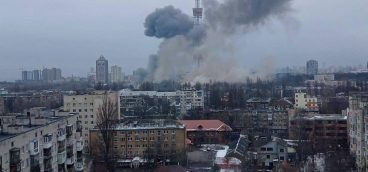Banks – and Reputations – Go Poof

[I’m interrupting my series on generative AI for this bulletin on Silicon Valley Bank.]
“How did you go bankrupt? Bill asked. Two ways, Mike said. Gradually and then suddenly.” — Hemingway, The Sun Also Rises
Is it just me or was there anything about the collapse of Silicon Valley Bank that wasn’t annoying in the extreme? Let’s take a look.
The bankers
The executive team at SVB behaved more like a couple of bros at the frat house than like bankers who were stewarding Other People’s Money.
During the salad days in Silicon Valley, The Bros grew the bank with wild abandon, so heedless of risk that when their chief risk officer quit they didn’t bother to notify anyone about it and then failed to replace her for eight months.
As deposits swelled at SVB, The Bros couldn’t put the money to work fast enough – the venture world was in the doldrums. So they bought long Treasury bonds, happy to eke out a skosh more income to make themselves look good.
But then the Fed began raising rates, which was an obvious double whammy for SVB. On the one hand, it dramatically slowed the already faltering demand for loans from its Silicon Valley customers. On the other hand, it crushed the value of SVB’s bonds because, as everyone but The Bros knows, when interest rates go up, bond prices go down. As one hedge fund manager who shorted SVB put it, “They went for an extra 4 basis points and blew up the bank.”
As word began to spread that SVB might be in trouble, astute money managers sold SVB’s stock and astute hedge funds sold the stock short. Among the people who sold SVB were The Bros, who quietly amassed millions of dollars (the CEO alone netted $3 million in March) while loudly telling everyone who would listen that the bank was just fine, thank you.
Sure, the SEC may sue The Bros, and it might be difficult for them to find other banking jobs, but they all got fabulously rich at taxpayer expense. They played the game the regulators encouraged them to play: heads, we win; tails, we laugh all the way to the bank.
The Fed
For 30 years the US Fed has merrily fed us easy money policies, then expressed shock – shock! – that those policies led to disaster-after-disaster: the Tech Bust of 2000-02, the Global Financial Crisis of 2008-09, the Crypto Collapse of 2022, and now the second largest bank collapse in our history. Monkeys throwing darts at the Fed’s plot charts could have done better than that.
But that’s just for starters. While the slow–motion disaster was rolling itself out at SVB, where were the armies of banking examiners our tax dollars are paying for? Where were the bank stress tests that are required even of small banks like SVB? Where, in short, was the Fed? Under the haystack, fast asleep.
Note that this was the Fed’s second colossal blunder in two years – ignoring the inflation threat until it was too late, and now presiding over a major and preventable bank failure. Only a masterful resolution of the SVB crisis could have saved the Fed’s dwindling reputation, but it wasn’t to be.
Taken by surprise by SVB’s collapse, just as it had been taken by surprise by inflation, the Fed – and the Treasury Department – promptly panicked and decided to make all depositors whole, not just those who met the $250,000 FDIC limit. In other words, ordinary Americans were forced to bail out millionaires, centimillionaires, and billionaires in Silicon Valley.
In order to make this taxpayer bailout legal, Treasury Secretary Janet Yellen first had to declare SVB a “systematically important financial institution,” which she did. But this was positively Orwellian. For 15 years we’d been solemnly told by the Fed that only the largest banks in America would be designated “systematically important,” and that made perfect sense.
But SVB? Before last week hardly anyone in America had heard of SVB and the bank did almost no business outside the venture/tech community. Compared to a truly systematically important bank – say, J. P. Morgan Chase – SVB wasn’t just a minnow, and it wasn’t even a plankton – it was a protozoa.
As the New York Times put it, “Tiny is the new too-big-to-fail.” Or as one European regulator put it, the US authorities exhibited “total and utter incompetence” in their handling of the SVB crisis. What has most infuriated non-US regulators is the fact that the Basel-based global regulatory regime required that large depositors not be protected – and it was the US that insisted on this provision. Yet, at the first sign of trouble the US panicked, lost its head and betrayed its Basel partners.
Maybe the Fed’s magical accounting will work, but my guess is that our central bank Governors are now so rattled they will stop fighting inflation. Ordinary Americans will thus have the inflation monkey on their backs as well as all the monkeys in Silicon Valley.
The venture capital community
The venture community in Silicon Valley believe themselves to be true Masters of the Universe – smarter, farther-seeing, deeper-understanding than us ordinary mortals. They steward billions upon billions of dollars in capital that is, or will soon be, invested in highly risky ventures. They brag to their investors that they understand risk inside-out, outside-in, and sideways. Yet these visionaries blithely deposited billions of dollars of investor capital in the worst-managed bank in America.
When that bank inevitably failed, these Masters of the Universe howled for a taxpayer bailout. In conference calls with federal regulators and, later, the Biden Administration, they whined about what could happen if large depositors lost their money: the venture firms’ portfolio companies wouldn’t be able to make payroll, employees would threaten to quit, the venture firms might have to prop the companies up with cash out of their own coffers!
One sage even predicted a “bloodbath” if the regulators didn’t make all SVB’s depositors whole. To which I respond by referring my readers to the immortal word of Eddie Murphy who, when informed that Michael Jackson was furiously angry with him, replied: “So?”
Next up: Am I a Bot? (Part 4)











